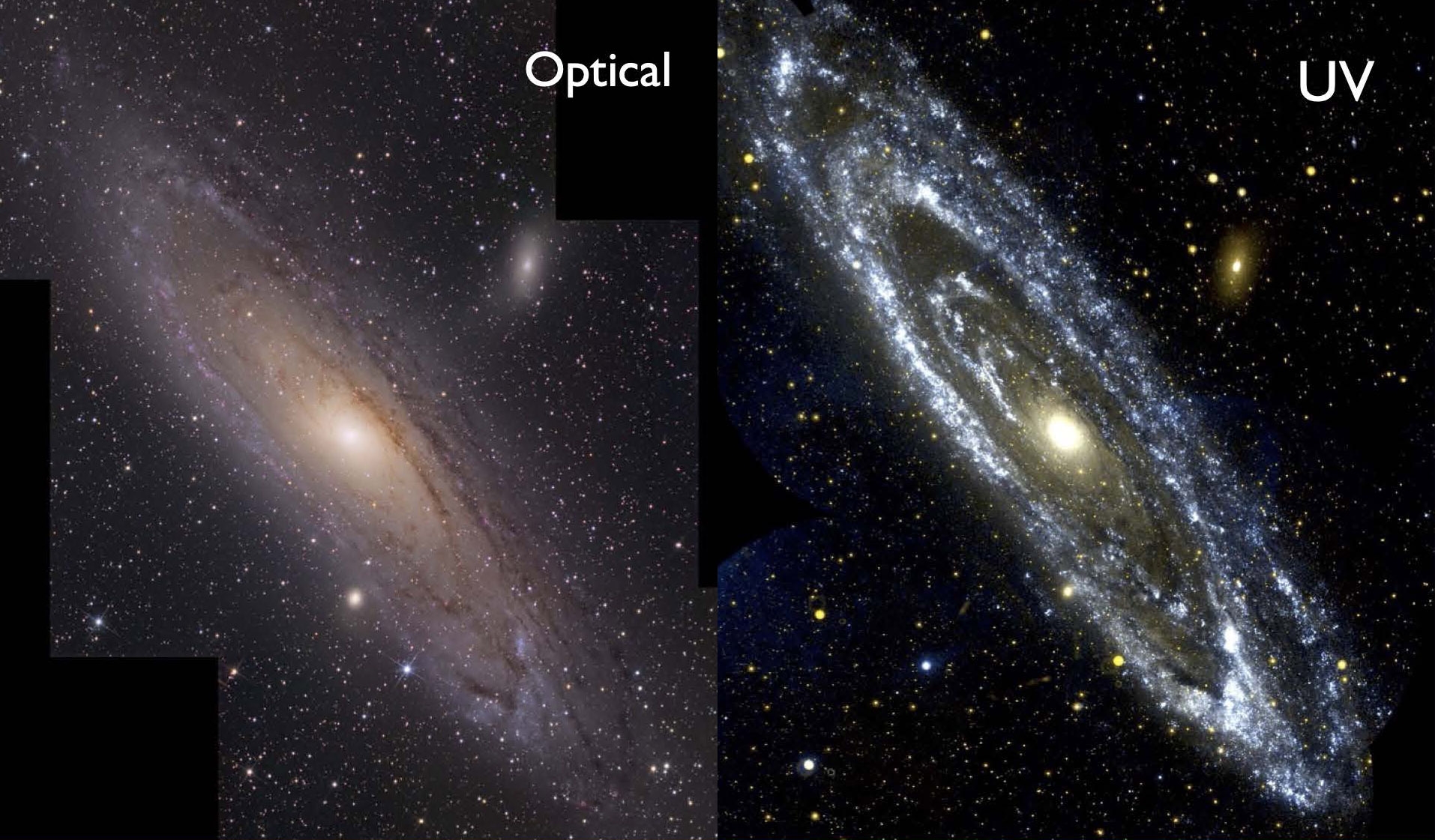Insider Brief:
- UC Berkeley‘s Space Sciences Laboratory (SSL) will manage a $300 million NASA satellite mission called UltraViolet EXplorer (UVEX.)
- The mission is expected to launch in 2030 and will conduct the first-ever comprehensive all-sky survey of ultraviolet (UV) sources.
- UVEX’s primary focus will be on mapping hot, massive blue stars and exploring binary star systems, shedding light on stellar dynamics and interactions.
- Image credit: UC Berkeley
NASA has greenlit the UltraViolet EXplorer (UVEX), a $300 million satellite mission that will be managed by the Space Sciences Laboratory (SSL) at the University of California, Berkeley as announced by UC Berkeley. The mission is expected to launch in 2030 and will conduct the first-ever comprehensive all-sky survey of ultraviolet (UV) sources.
Led by Fiona Harrison, a professor of physics at the California Institute of Technology, UVEX aims to fill crucial gaps in our knowledge of galaxy and star evolution by capturing UV emissions, which are inaccessible from Earth due to atmospheric blockage. With an elongated structure resembling a shed and weighing about 2,200 pounds, the satellite will orbit approximately 310,000 miles from Earth, closer to the moon than to our planet, to avoid thermal stresses.
UVEX’s primary focus will be on mapping hot, massive blue stars and exploring binary star systems, shedding light on stellar dynamics and interactions. Additionally, it will carry a UV spectrograph jointly built by UC Berkeley and Caltech to delve into the details of UV emissions from massive stars and stellar explosions, providing invaluable insights into the life and death of stars and galaxies.
One of UVEX’s key contributions will be its ability to swiftly pinpoint newly discovered sources of UV light, particularly those following gravitational wave events caused by merging neutron stars. By capturing UV emissions from these events, UVEX will enhance our understanding of transient phenomena in the universe.
Moreover, UVEX will enable the study of low-mass galaxies, offering insights into their structure and evolution. These galaxies, which are challenging to detect using traditional telescopes, hold valuable clues about the distribution of mass in the local universe and serve as analogs for galaxies observed by the James Webb Space Telescope in the early universe.
As the UVEX team, led by Daniel Weisz, prepares for the mission, anticipation is high for the groundbreaking discoveries that lie ahead. With its comprehensive all-sky survey and state-of-the-art instrumentation, UVEX is poised to unlock a wealth of new knowledge about the cosmos, ushering in a new era of exploration in space science.
If you found this article to be informative, you can explore more current space industry news, exclusives, interviews, and podcasts.
Share this article:








